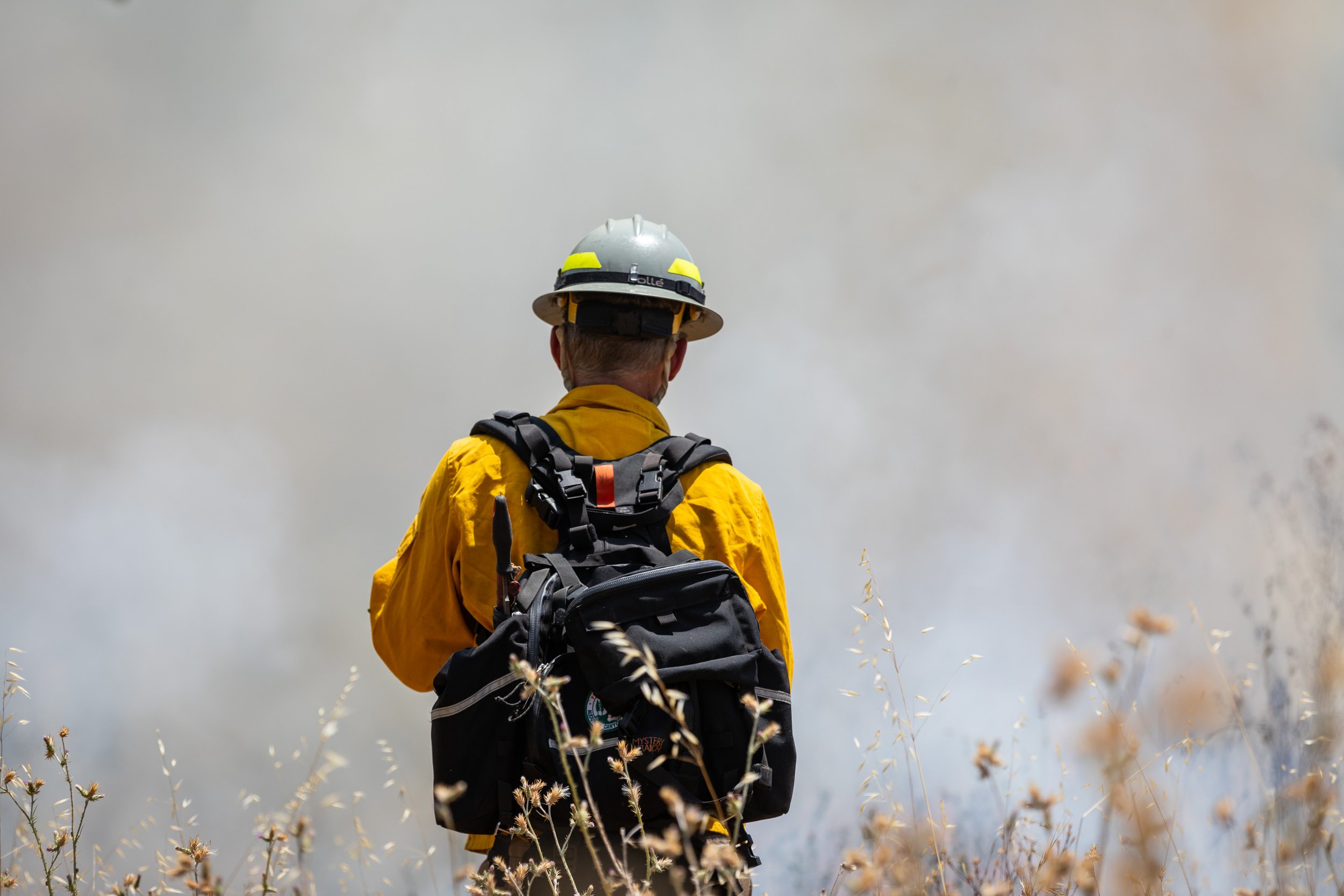Extreme wildfires are projected to increase by 14% by 2030. Firefighters need new tools to scale up wildfire response capacity and manage fire intensity.
The cost of wildfire
Wildfires are estimated to cost the United States $394B to $898B annually. Globally, carbon dioxide emissions from forest fires have surged by 60% since 2001, and almost tripled in some of the most climate-sensitive northern boreal forests. Wildfires are estimated to be responsible for 340,000 deaths and up to 25% of airborne particulate matter every year. The enormity of emissions released by high intensity wildfire is prompting climate policy to also include wildfire response—fire agencies are set to play a central role in preventing catastrophic climate change.
Independent research sponsored by the Moore Foundation found that a 15-minute reduction in wildfire response times could generate $3.5 to $8.2 billion in economic benefits annually for the State of California alone. Rain wildfire mission autonomy software supports fire agencies to take the first steps towards expanding response capacity with prepositioned uncrewed aircraft.
Upgrade your aircraft
Rain’s wildfire mission autonomy system enables autonomous aircraft to join the firefight.
The frequency and severity of catastrophic wildfires is projected to continue to rise in the coming decades.
Rain’s technology is built to help fire agencies more rapidly suppress wildfires during the earliest stages of ignition. By adapting existing military and civil autonomous aircraft with the intelligence to perceive, understand, and suppress wildfires, Rain technology enables fire agencies to improve operational safety of human-piloted missions and scale response capacity with prepositioned uncrewed aircraft.
Our software includes components for wildfire mission management, path planning, fire perception, suppression strategy, suppressant targeting, and subcomponents for integrating with aircraft autonomy systems, infrared and visual spectrum cameras, inertial navigation, GPS and other sensors, and automated suppressant deployment equipment.

Not all fires are equal
Prescribed burns are an important part of a wider fire strategy, and there is much to be learned from cultural land stewardship by first peoples. In many ecologies, low or moderate intensity wildfires are a good thing. Fire clears the forest floor of debris, giving larger trees space by clearing out smaller ones and over the long run, healthy forests—even those that burn—store more carbon than they release. But years of fire suppression combined with the effects of climate change have combined to double the area of land burned each year by wildfires over natural levels.
Rain’s wildfire mission autonomy is built to help firefighters manage fire intensity, monitoring fires for desired effects and serving as a backstop for fire practitioners who are facing ever-shorter beneficial burn seasons even as the need to apply good fire to the land is increasing.


